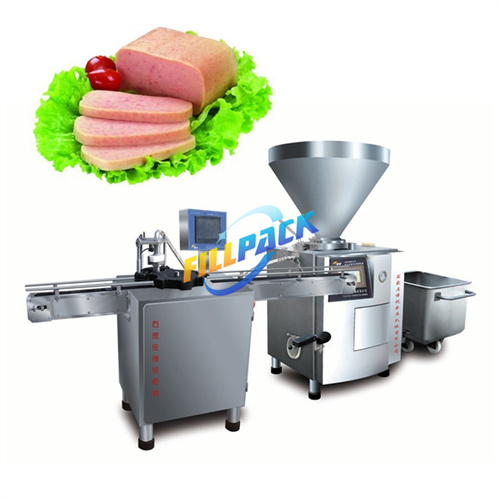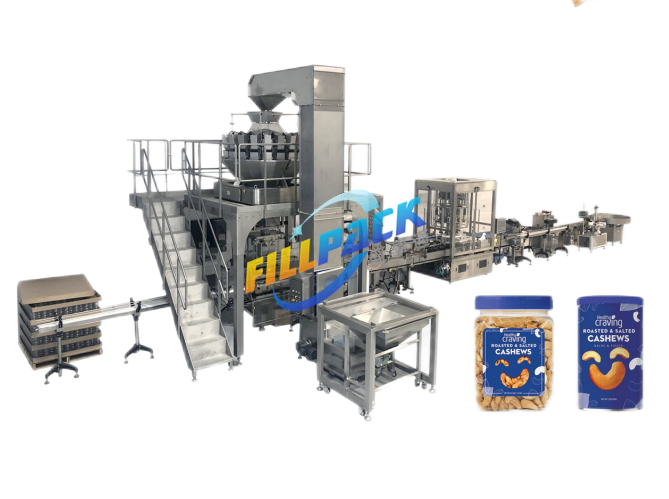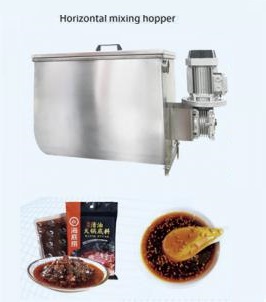
1. Overview of the Development of the Cosmetics Industry
(1) Development History of the Cosmetics Industry
The development of China's cosmetics industry has a long history. It is roughly divided into four stages: early stage, slow development stage, rapid development stage, and standard development stage. Early-stage: Chinese is one of the earliest countries in the world to use cosmetics. There are records of thrush and lip point in ancient Chinese books. Slow development stage: In modern times, Chinese cosmetics production has always been in the state of small family workshops. In the early 20th century, Chinese cosmetics production gradually moved towards industrialization. However, due to the low living standards of the people and the constraints of traditional concepts, development is very slow. Rapid development stage: In the 1980s, with the rapid development of the national economy and the continuous improvement of people's living standards, the cosmetics industry has sprung up like mushrooms after a rain, and the system of the cosmetics industry also extended from the light industry system to other systems. The journey from luxury to necessity. Standardized development stage: After going through the rapid development stage, the Chinese cosmetics market presents a situation of blooming flowers. In order to better meet the needs of consumers, the country has formulated
Relevant laws and regulations have made the cosmetics industry embark on the road of standardized development.
(2) Development status of the global cosmetics industry
①The size of the cosmetics market is growing steadily, and the Asia-Pacific market is the largest cosmetics consumer market in the world
In recent years, the global cosmetics market has maintained steady growth and has never experienced stagnation or negative growth. The growth rate has remained at around 4%. The global market size increased from EUR 179 billion in 2015 to EUR 186.2 billion in 2016, a year-on-year increase of 4.02%. The Asia-Pacific market is currently the largest cosmetics consumer market in the world, followed by Western Europe, North America, and Latin America. In 2016, the cosmetics market in the Asia-Pacific region reached 68.71 billion euros, accounting for 36.9% of the global total in the same period; the Western European market was 46.18 billion euros, accounting for 24.8%; the North American market size is 35.94 billion euros, accounting for 19.3%.
②Skin care products are the largest segment of the cosmetics industry
In terms of product categories, the skin care products market is the largest in the cosmetics industry. In 2016, the global skin care products market size was 67.61 billion euros, accounting for 36.3% of the total cosmetics market; the hair care products market size was 42.63 billion euros, accounting for 22.9%; the color cosmetics market size was 33.92 billion euros, accounting for 18.2%; Fragrance market size is
22.34 billion euros, accounting for 12.0%; the hygiene products market size was 19.69 billion euros, accounting for 10.6%.
(3) Development Status of China Cosmetics Industry
①The scale of Chinese's cosmetics market maintains continuous growth
The growth rate remains at around 6%, and it is estimated that China's market size will reach 435.236 billion yuan in 2020.
②The scale of China's skin care products market continues to grow
Skin care products include four categories: facial care, body care, hand care, and care kits, and it is the largest sub-sector in the cosmetics industry. In 2016, the market size of skin care products in Chinese was 169.27 billion yuan, accounting for 50.7% of the overall cosmetics market; among which facial care, body care, hand care, and care kits were 147.83 billion yuan, 4.28 billion yuan, 4.50 billion yuan, and 12.66 billion yuan respectively Yuan. From 2012 to 2016, the average annual compound growth rate of the skin care product market reached 7.5%, which was higher than the overall growth rate of the cosmetics industry and was the sub-industry with the largest absolute growth rate.
③The development space of Chinese's skin care products market is huge
Changes in demographic structure, consumption upgrades brought about by rising income levels, changes in consumption habits, increase in core consumer groups, strengthening of cosmetics consumption concepts, and diversification of marketing channels will be the core factors that determine the future capacity of China's cosmetics market. As a major sub-sector of the cosmetics industry, skin care products will show a sustained growth trend in the next few years. Its market size will reach 223.68 billion yuan by 2021, with a compound annual growth rate of 5.8% from 2017 to 2021.
④The per capita consumption level of China's skin care products market is low, and the development potential is large
Compared with developed countries, the per capita consumption of skin care products in Chinese is only US$ 17.96 US dollars, which is not only far lower than that of countries with relatively mature skin care products consumption such as the United States and Germany but also far lower than that of neighboring Asian countries such as Japan and South Korea. In the future, with the upgrading of consumption and the cultivation of consumption habits and concepts of skin care products, the gap is expected to continue to narrow.
With the rapid development of China's national economy, residents' disposable income continues to increase, and consumption upgrades have become the general trend. The per capita consumption of skin care products will increase significantly, the gap with developed countries is expected to continue to narrow, and there is huge room for development.
2. Development Trend of the Cosmetics Industry
(1) Consumer demands are more diverse and specific, and brands are developing in a polarized manner
As consumers become more sophisticated, their preferences for product use, ingredients, and brand positioning become more segmented. The concepts of whitening, freckle removal, anti-aging, moisturizing, sun protection, and hydration will be more and more recognized by consumers. The segmented products for eyes, lips, cheeks, and neck are closer to the specific needs of consumers. At the same time, with the progress and segmentation of domestic consumption, gentrification and popularization will become the general direction for the development of cosmetic brands. Premium brands focus on meeting specific consumer needs and subjective experiences; mass-market products
Products focus on general objective functional requirements.
(2) Natural organic and green environmental protection become the theme of future development of the cosmetics market
Enjoying a healthy and environmentally friendly low-carbon life has become the consensus of more and more consumers in China. Following this trend of environmental protection, the pursuit of natural and green cosmetics in the production and use of cosmetics has become an inevitable development trend in the cosmetics industry. Consumers demand that cosmetics are harmless to the human body. In recent years, pure, natural products and organic products have been highly sought after and are the future
It is a development hotspot in the cosmetics market, and it is also a key area for cosmetics companies to strengthen research and development.
(3) The application of interdisciplinary in the cosmetics industry is increasingly widespread
The cosmetics industry involves multiple disciplines such as biotechnology and chemical synthesis. In addition to the technological development of each discipline, the application of interdisciplinary is also increasingly mature. For example, through the combination of plant extraction technology and chemical synthesis technology, natural raw materials are produced; through the combination of biotechnology and polymer applications, plant raw materials are extracted and product agents are improved.
type, etc.
(4) Diversification of sales channels and gradual integration of all channels
In recent years, with the acceleration of the construction of China's information infrastructure and the improvement of online payment security, e-commerce channels have developed rapidly. In addition, with the advancement of urbanization and the transformation of the consumption-oriented economic growth model, the number of residents and per capita income in second and third-tier cities have steadily increased while consumption habits and consumption concepts have undergone tremendous changes. In view of the limited sinking of modern sales channels, daily chemical stores have developed rapidly in second and third-tier cities. In view of this, cosmetics companies have implemented a multi-pronged approach to diversified sales
Channel construction, while consolidating the original traditional sales channels, laying out e-commerce channels to achieve multi-channel sales.
(5) The competitiveness of domestic brands has been enhanced, and they have continuously penetrated into the mass boutique and high-end markets
In recent years, more and more domestic brands have continuously improved their marketing capabilities, improved their brand image, and enhanced their own brand competitiveness by learning from foreign competitors. Domestic brands are better at developing second and third-tier daily chemical store channels than international brands, and quickly seize the mass market in second and third-tier cities. At the same time, in order to meet the increasingly diversified needs of consumers and to pursue high-profit margins corresponding to high-end products, domestic brands have begun to launch high-end products and penetrate into the high-end product market.
 What equipment needed for luncheon meat canning?
What equipment needed for luncheon meat canning?
 What equipment needed for ice cup production plant?
What equipment needed for ice cup production plant?
 How to select a right filling machine?
How to select a right filling machine?
 How to select a right buffering hopper for filling machine?
How to select a right buffering hopper for filling machine?